Geoffrey S. Middeleer: Bringing “Green” into your Yard. Sustainable Strategies for the Residential Landscape
March 17, 2016
When we think about living in ways that contribute to a healthier planet, our residential landscapes might seem like the last thing we need to worry about. Landscapes are inherently “green”—right? The truth is that many conventional landscaping and maintenance practices have significantly negative impacts on the environment. Lawns are typically treated with harmful chemicals and fertilizers, require constant watering, and employ mowers that emit significant amounts of carbon emissions. Our gardens are full of exotic, non-native plants that are high maintenance, and do little to support the natural ecology around them. And, while we usually don’t give much thought to storm drainage, the standard approaches to handling water during a storm event contribute to the contamination of our rivers and streams and the reduction of available groundwater. The good news is that there are many strategies that can be implemented that can make meaningful and lasting contributions to the local environment by reducing pollution, improving the quality and quantity of our water supply, and attracting and supporting local wildlife. These techniques can make for beautiful and unusual landscapes as well.
At some point in this country, the idea of a perfect, green lawn came to symbolize the epitome of the residential landscape. Unfortunately, harmful chemicals are used for fertilizers and pest control. In addition to sound pollution, the typical lawn mower emits far more carbon dioxide than a standard car. While conventional lawns are unlikely to go away any time soon, there are a number of alternatives that I recommend to clients to reduce the lawn area on their properties. This includes substituting grass with meadow plantings and wildflower mixes. This can be beautiful, and also attracts birds and butterflies. Another alternative is the ‘no mow’ grass mixes that have recently become available. These mixes often contain native fescues, a low growing grass that reaches about 8” in height and more closely resemble a typical lawn. Either of these lawn alternatives will significantly reduce the need for watering and chemical treatments, only require seasonal mowing, and add diversity and interest to your landscape.
When developing planting designs, I generally try to incorporate native species whenever possible. There are several good reasons for this. Native species are typically well adapted to the local climate and soil conditions. In addition, local wildlife has been evolving over the millennia with these same plants, and for that reason they have much more to offer in terms of food and habitat. There is also little chance of these plants becoming invasive since they are already a part of the ecological fabric. Finally, and not insignificantly given our increasingly homogenized culture, native plants offer, as Lady Bird Johnson put it, “a sense of where we are in this great land of ours.”
Another important way that we can improve our landscapes is in the way we manage stormwater. Under normal circumstances, stormwater runoff from impervious surfaces such as building roofs and pavement collects contaminants such as lawn chemicals, pesticides and car oil before being piped via storm sewer directly into our streams, rivers and lakes. This not only pollutes our waterways, but also reduces the amount of available groundwater.
Alternative methods that deal with stormwater in a more sustainable way include employing pervious pavements on driveways and patios, and rain gardens in landscaped areas. Pervious pavements work by allowing stormwater to infiltrate quickly into the paved surface to a gravel substrate where water is collected and allowed to infiltrate into the soil.
The market for pervious paving has grown significantly in recent years, resulting in many new pervious paving systems that give the homeowner a wide range of material and color options. Rain gardens function in a similar way to pervious pavement. Typically, a portion of the site is graded to create a small depression or basin, usually sited on the lower end of the property, which is then planted with native wetland plants. During a rainstorm, water collects at the rain garden and is absorbed by the wetland plants and the soil thereby reducing the amount of water leaving the site. They have the added benefit of attracting birds, butterflies and other wildlife. Both pervious pavements and rain gardens allow stormwater to be absorbed into the soil which, in turn, acts as a filter to remove contaminants as the water reenters the groundwater supply.
Each of the techniques I’ve described represent important ways that we can improve our residential landscapes by making them “greener.” New, environmentally sustainable products are constantly being developed. Examples include green roof systems, low-energy LED site lighting, climate sensitive irrigation systems and organic lawn care alternatives, to name a few. As the population in New England grows, and the effects of development on the local environment increase, it’s more important than ever to consider integrating sustainable strategies into the design of our properties.
Geoffrey Middeleer is the founder and principal of Middeleer Land Design LLC, a Fairfield County, Connecticut landscape architecture firm specializing in sustainable residential design.
Share
![NEH-Logo_Black[1] NEH-Logo_Black[1]](https://b2915716.smushcdn.com/2915716/wp-content/uploads/2022/08/NEH-Logo_Black1-300x162.jpg?lossy=1&strip=1&webp=1)
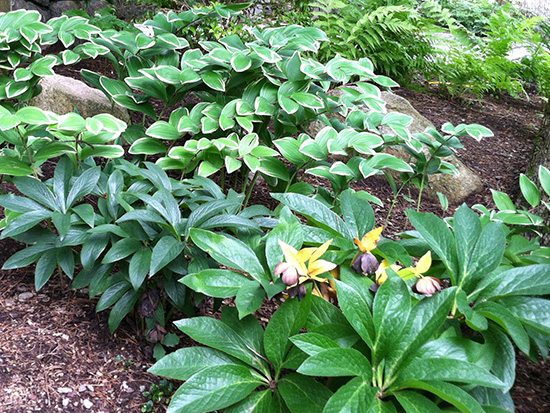
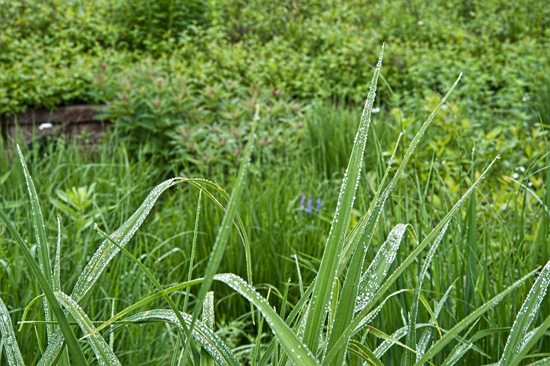
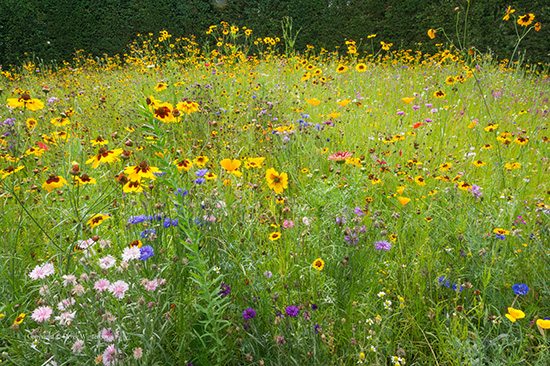
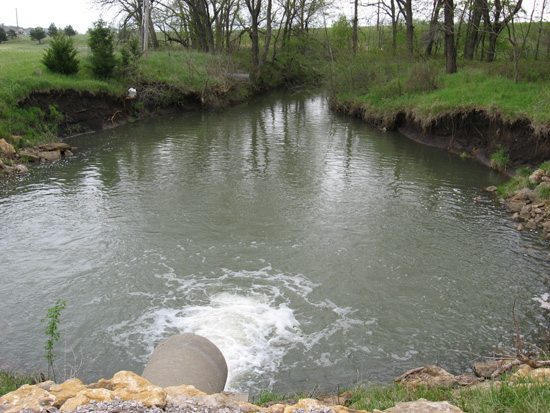
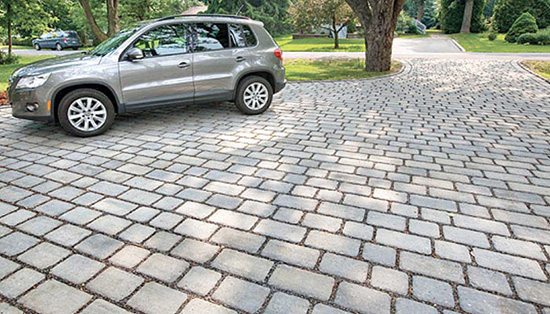







You must be logged in to post a comment.